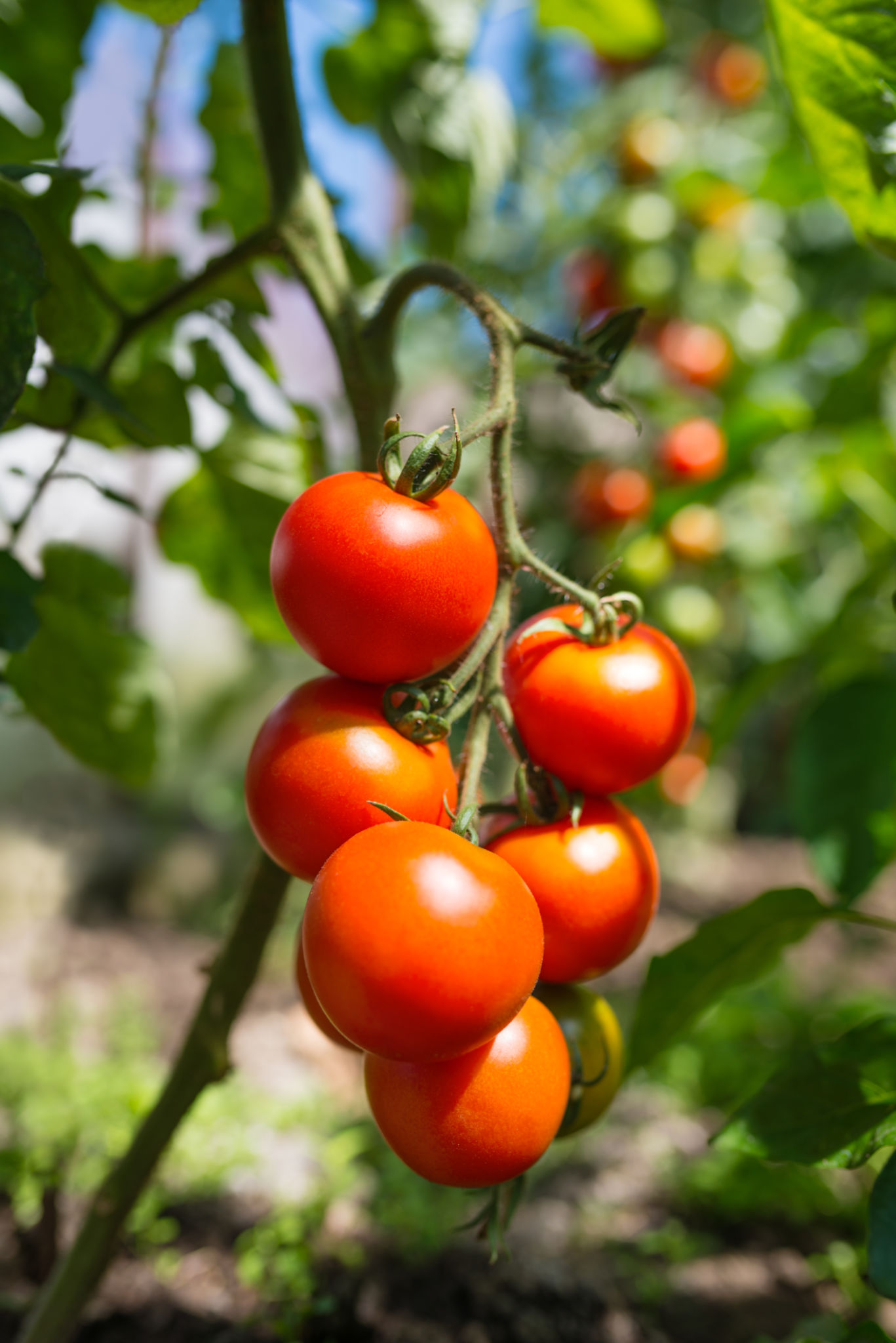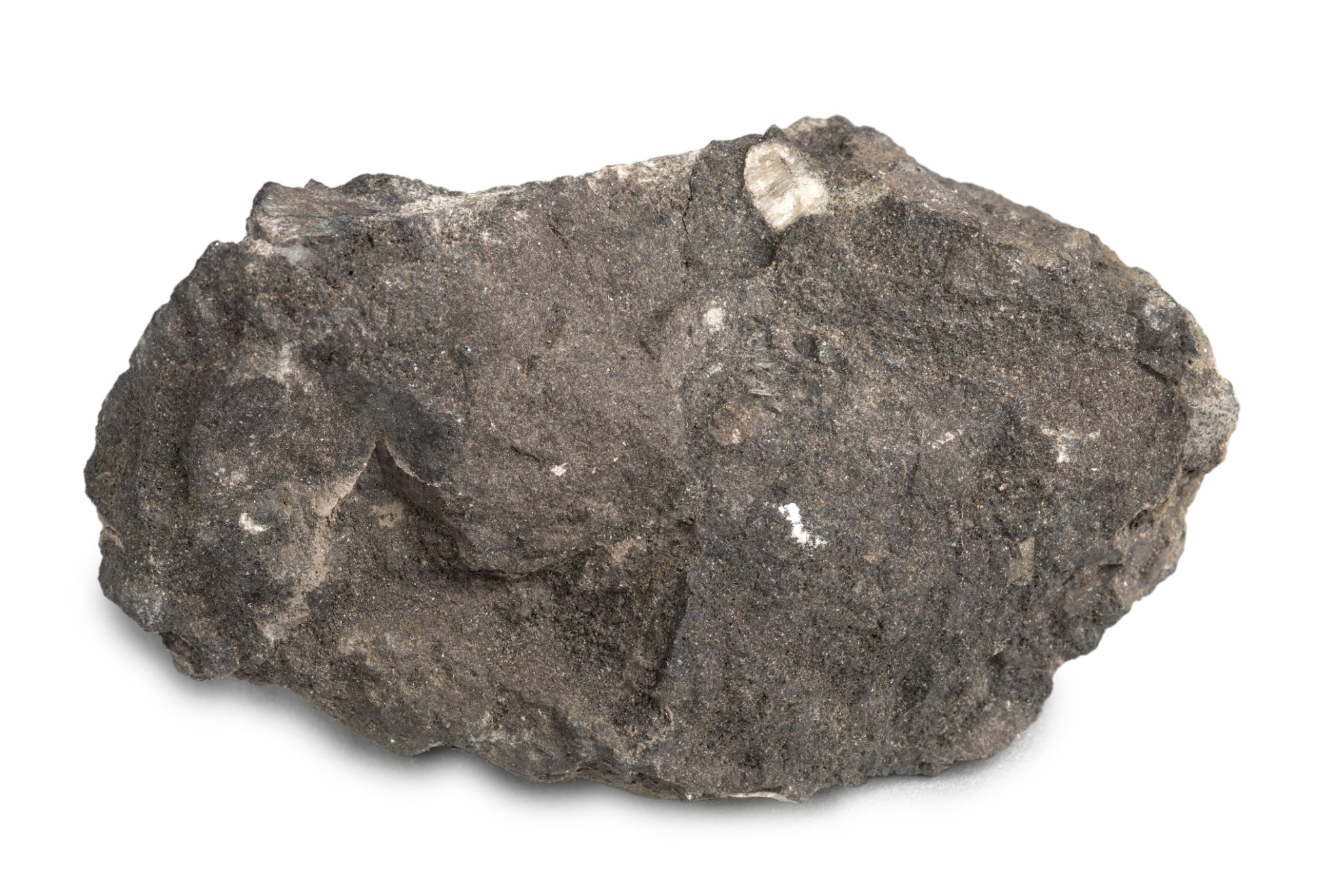Comparing DAP and TSP: Which Fertilizer Is Right for Your Crops?
Understanding DAP and TSP Fertilizers
When it comes to choosing the right fertilizer for your crops, understanding the differences between Diammonium Phosphate (DAP) and Triple Superphosphate (TSP) is crucial. Both fertilizers provide essential nutrients but differ in their composition and uses. This guide will help you make an informed decision based on your crop needs.

What is DAP?
DAP is a popular phosphorus fertilizer that contains both nitrogen and phosphorus, essential nutrients for plant growth. It is made by reacting ammonia with phosphoric acid, resulting in a granulated product that is easy to handle and apply. The nutrient composition of DAP is typically 18% nitrogen and 46% phosphorus pentoxide (P2O5).
One of the key benefits of DAP is its ability to provide a quick release of nutrients, making it suitable for crops that require a fast nutrient boost. It is widely used in the early stages of growth, where rapid root development is critical.
What is TSP?
TSP is another phosphorus-rich fertilizer, containing a higher concentration of phosphorus than DAP. It is produced by reacting phosphate rock with sulfuric acid, resulting in a product that typically contains 44%-46% phosphorus pentoxide (P2O5).

TSP does not contain nitrogen, which makes it an ideal choice for crops that do not require additional nitrogen or when the nitrogen needs are met through other sources. Its slower nutrient release rate makes it suitable for long-term phosphorus supply, especially in soils that are already rich in organic matter.
Comparing Benefits and Drawbacks
When comparing DAP and TSP, consider the specific nutrient requirements of your crops and soil conditions. Here are some points to consider:
- Nitrogen Content: DAP provides nitrogen, beneficial for crops needing both nitrogen and phosphorus. TSP lacks nitrogen, making it suitable for specific crop needs.
- Soil pH Impact: DAP can increase soil pH due to its ammonia content, potentially affecting crops sensitive to pH changes. TSP is more neutral in its pH impact.
- Cost-Effectiveness: The choice between DAP and TSP can also depend on cost and availability in your region.

Which Fertilizer Suits Your Crops?
The decision between DAP and TSP should be based on a soil test to determine existing nutrient levels. If your soil tests low in both nitrogen and phosphorus, DAP might be the better choice. Conversely, if only phosphorus is needed, TSP may be more appropriate.
Additionally, consider the type of crop you are growing. For example, crops like wheat and corn may benefit more from DAP due to their higher nitrogen demand during early growth stages. On the other hand, legumes that fix their own nitrogen may thrive with TSP.
Conclusion: Making the Right Choice
Ultimately, both DAP and TSP fertilizers play significant roles in crop nutrition but serve different purposes. By understanding their unique properties and assessing your soil's needs, you can select the right fertilizer to optimize crop yield and health.
For best results, consult with an agronomist or local extension service to tailor your fertilization strategy to your specific crop and soil conditions. This approach will help ensure that your crops receive the precise nutrients they need for optimal growth.
